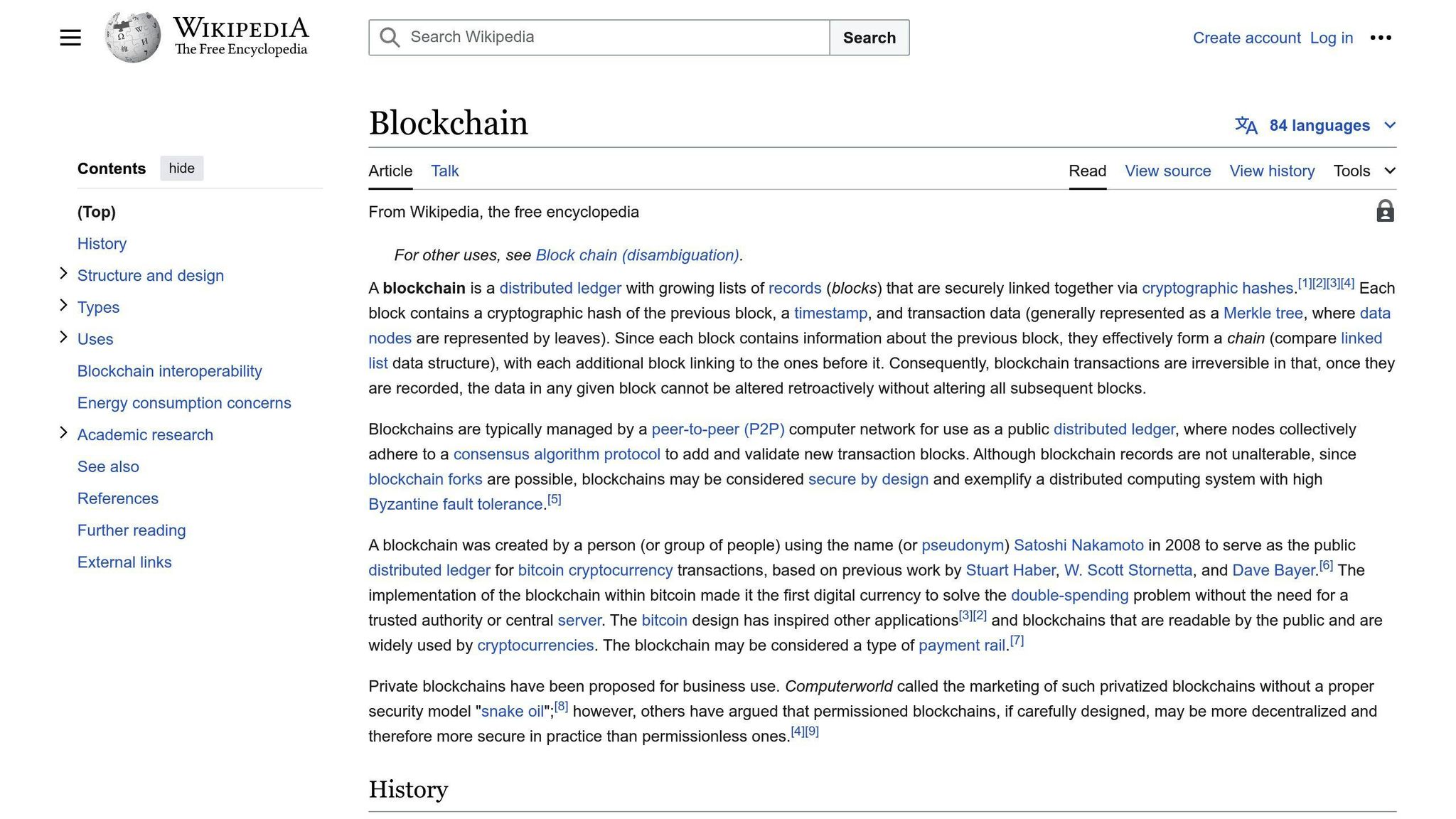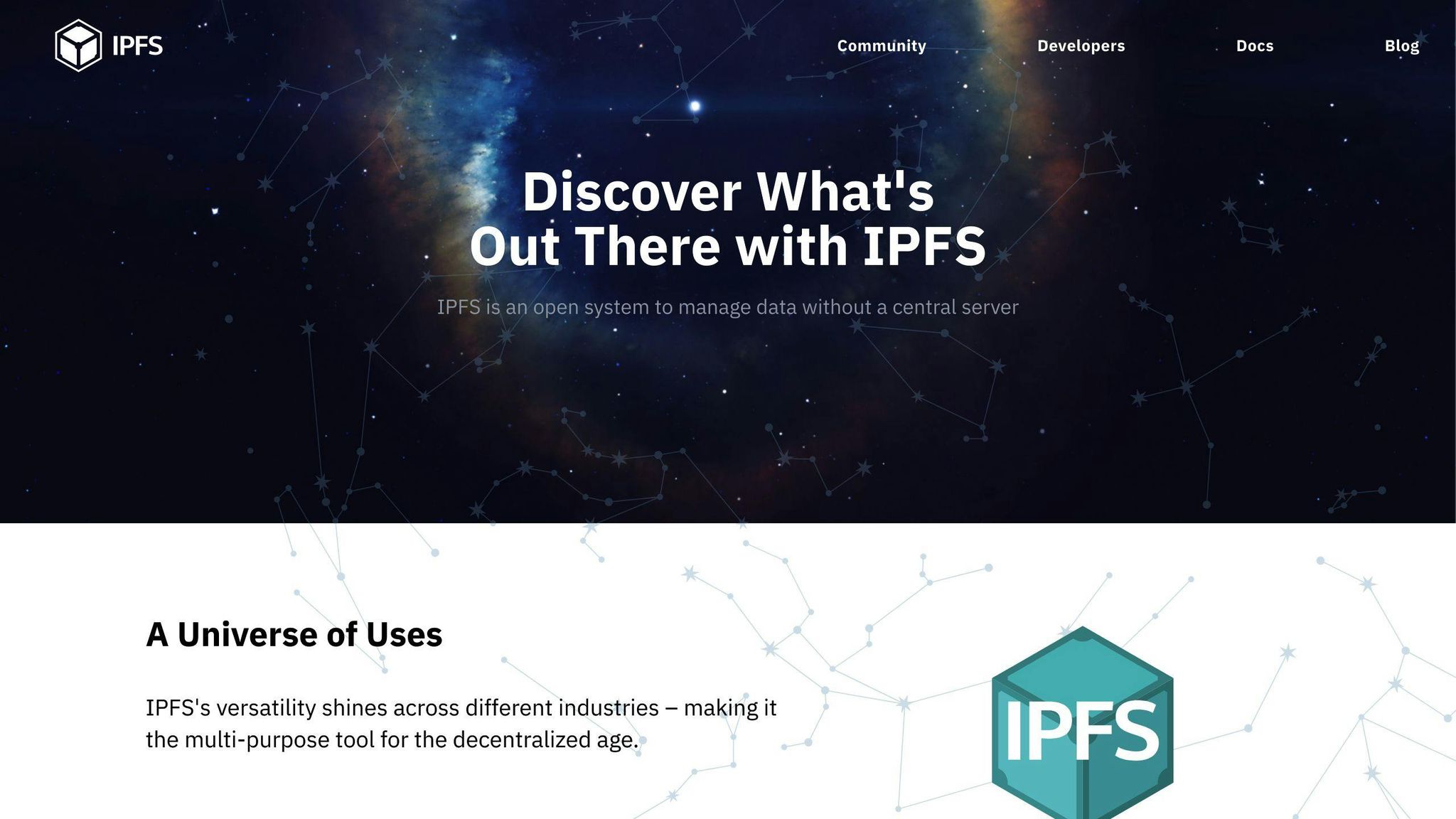Decentralized storage networks offer a secure, private, and decentralized way to store and share files, but pose unique challenges for copyright enforcement due to their distributed nature and lack of central authority.
Key Challenges
- Removing Copyrighted Content: Data is immutable and cannot be altered or deleted once uploaded, making it difficult to handle copyrighted material uploaded without permission.
- Legal Jurisdiction: Networks operate globally, making it challenging to determine which legal jurisdiction applies in cases of copyright infringement.
- User Anonymity: Users often remain pseudonymous, making it difficult to track ownership and activity, and hold infringers accountable.
New Copyright Protection Solutions
- Blockchain Copyright Registration: Utilize blockchain to establish a permanent and unalterable record of work, making it easier to prove ownership and detect infringement.
- Smart Contract Royalty Systems: Automate royalty payments through self-executing smart contracts, ensuring fair compensation for creators.
- Decentralized Content Distribution: Enable direct connection between creators and their audience, giving creators more control over their work.
Real-world Examples
| Platform | Decentralization | Scalability | Security | User Adoption |
|---|---|---|---|---|
| IPFS | ✅ | ❌ | ✅ | ❌ |
| Storj | ✅ | ✅ | ✅ | ✅ |
| Arweave | ✅ | ✅ | ✅ | ✅ |
| Filecoin | ✅ | ✅ | ✅ | ✅ |
Conclusion
As decentralized storage networks continue to grow, creators, policymakers, and industry stakeholders must collaborate to develop effective solutions for copyright enforcement, including new technologies, standards, and user education. Creators should take steps to protect their digital assets by using networks that prioritize copyright protection, educating themselves, and ensuring proper licensing and protection.
sbb-itb-738ac1e
How Decentralized Storage Works
Decentralized storage networks operate on a peer-to-peer (P2P) architecture, where data is distributed across multiple nodes rather than being stored on a single central server. This approach ensures that data is more secure, private, and resilient.
The Technology Behind Decentralized Networks
Decentralized storage networks use blockchain technology and other distributed ledger systems to facilitate secure, transparent, and tamper-proof data storage. These networks consist of a network of nodes, each with its own copy of the data, ensuring that data is redundant and easily accessible.
Advantages Over Centralized Storage
Decentralized storage networks offer several advantages over traditional centralized storage solutions.
| Advantage | Description |
|---|---|
| Improved Security | Data is distributed across multiple nodes, making it harder for hackers to breach |
| Increased Redundancy | Data is replicated across multiple nodes, ensuring that data is always available |
| Greater Scalability | Nodes can be easily added or removed as needed, making it easier to scale |
| Better Privacy | Users have more control over their data, and data is encrypted to ensure privacy |
| Cost-Effective | No need for a central server, reducing costs and increasing efficiency |
In decentralized storage networks, data is broken down into smaller pieces and distributed across multiple nodes. This ensures that even if one node is compromised, the rest of the nodes remain unaffected, and data can still be accessed. The network also provides users with complete ownership and control over their data, rather than relying on a third-party service provider.
By leveraging the power of blockchain technology and distributed ledger systems, decentralized storage networks offer a more secure, private, and decentralized way to store, access, and share files.
Copyright Challenges in Decentralized Storage
Decentralized storage networks create unique challenges for copyright enforcement due to their distributed and decentralized nature. This section explores the complexities of managing copyright in a distributed ledger system, examining real-world implications and theoretical concerns.
Removing Copyrighted Content
Removing copyrighted content from decentralized storage networks is a significant challenge. Since blockchain technology is immutable, once data is uploaded, it cannot be altered or deleted. This raises concerns about how to handle copyrighted material uploaded without permission.
| Challenge | Description |
|---|---|
| Immutable data | Data cannot be altered or deleted once uploaded |
| Copyright infringement | Handling copyrighted material uploaded without permission |
Legal Jurisdiction Issues
Decentralized storage networks operate globally, making it challenging to determine which legal jurisdiction applies in cases of copyright infringement.
| Challenge | Description |
|---|---|
| Global operation | Networks operate across multiple countries |
| Jurisdiction uncertainty | Difficulty in determining applicable laws |
User Anonymity and Accountability
Decentralized storage networks often allow users to remain pseudonymous, making it difficult to track ownership and activity.
| Challenge | Description |
|---|---|
| User anonymity | Difficulty in tracking ownership and activity |
| Accountability | Challenges in holding infringers accountable |
In the next section, we will explore new copyright protection solutions that can help address these challenges in decentralized storage networks.
New Copyright Protection Solutions
Decentralized storage networks offer new opportunities for copyright management and protection. This section explores innovative solutions that leverage blockchain technology and smart contracts to protect intellectual property rights.
Blockchain Copyright Registration

Blockchain technology provides a secure and transparent way to register copyrights. By utilizing blockchain, creators can establish a permanent and unalterable record of their work, making it easier to prove ownership and detect infringement.
| Benefits | Description |
|---|---|
| Secure | Permanent and unalterable record of work |
| Transparent | Easier to prove ownership and detect infringement |
Smart Contract Royalty Systems
Smart contracts can automate royalty payments, ensuring that creators receive fair compensation for their work. These self-executing contracts can be programmed to distribute royalties according to predetermined terms.
| Advantages | Description |
|---|---|
| Fair compensation | Creators receive fair compensation for their work |
| Efficient | Automated royalty payments reduce administrative costs |
Decentralized Content Distribution
Decentralized networks can lead to more direct content distribution channels, connecting creators with their audience.
| Advantages | Description |
|---|---|
| Direct connection | Creators connect directly with their audience |
| More control | Creators maintain control over their work |
These innovative solutions have the potential to improve the way we approach copyright management and protection, providing creators with more control and fair compensation for their work.
Real-world Examples and Comparisons
This section explores specific examples of decentralized storage networks and copyright enforcement mechanisms currently in use, analyzing their effectiveness and the challenges they face.
Case Study: InterPlanetary File System (IPFS)

IPFS is a decentralized storage network that allows users to store and share files in a distributed manner. It uses a content-addressed hash to identify files, making it difficult to remove or censor content. IPFS has been used in various applications, including decentralized social media platforms and file-sharing services.
One of the key benefits of IPFS is its ability to provide a permanent and unalterable record of files. This makes it an attractive solution for creators who want to ensure that their work is protected and preserved. Additionally, IPFS’s decentralized nature makes it more resistant to censorship and data loss.
However, IPFS also faces challenges in terms of scalability and user adoption. As a decentralized network, it relies on a network of nodes to store and distribute files, which can be slow and unreliable. Furthermore, IPFS requires a certain level of technical expertise to use, which can be a barrier to adoption for some users.
Comparing Decentralized Storage Platforms
| Platform | Decentralization | Scalability | Security | User Adoption |
|---|---|---|---|---|
| IPFS | ✅ | ❌ | ✅ | ❌ |
| Storj | ✅ | ✅ | ✅ | ✅ |
| Arweave | ✅ | ✅ | ✅ | ✅ |
| Filecoin | ✅ | ✅ | ✅ | ✅ |
This table compares four decentralized storage platforms, highlighting their strengths and weaknesses in terms of decentralization, scalability, security, and user adoption. Each platform has its own unique features and challenges, and the choice of platform will depend on the specific needs and requirements of the user.
In this section, we have explored real-world examples of decentralized storage networks and copyright enforcement mechanisms. We have seen how these platforms can provide a secure and permanent record of files, while also facing challenges in terms of scalability and user adoption. By understanding the strengths and weaknesses of these platforms, creators and users can make informed decisions about how to protect and preserve their digital assets.
Conclusion and Key Points
Decentralized storage networks have changed the way we store and share digital content. However, their decentralized nature also creates challenges for copyright enforcement. As we’ve seen, the lack of central authority and the use of blockchain technology make it difficult to track and remove infringing content. Additionally, the pseudonymous nature of decentralized networks makes it challenging to identify and hold accountable those responsible for copyright infringement.
Future Outlook and Recommendations
As decentralized storage networks continue to grow, it’s essential for creators, policymakers, and industry stakeholders to work together to develop effective solutions for copyright enforcement. This includes:
- Developing new technologies and standards for tracking and removing infringing content
- Educating users about the importance of respecting intellectual property rights
Creators can take steps to protect their digital assets by:
- Using decentralized storage networks that prioritize copyright protection
- Educating themselves about the risks and benefits of decentralized storage networks
- Ensuring their work is properly licensed and protected
Ultimately, the future of decentralized storage networks and copyright enforcement will depend on our ability to balance the need for innovation and creativity with the need to protect intellectual property rights.
Key Takeaways
| Key Point | Description |
|---|---|
| Decentralized storage networks pose challenges for copyright enforcement | Lack of central authority and pseudonymous nature make it difficult to track and remove infringing content |
| Effective solutions require collaboration | Creators, policymakers, and industry stakeholders must work together to develop new technologies and standards |
| Creators must take steps to protect their digital assets | Use decentralized storage networks that prioritize copyright protection, educate themselves, and ensure proper licensing and protection |
By working together, we can create a future where creators are empowered to share their work with the world, while also ensuring that their rights are respected and protected.

